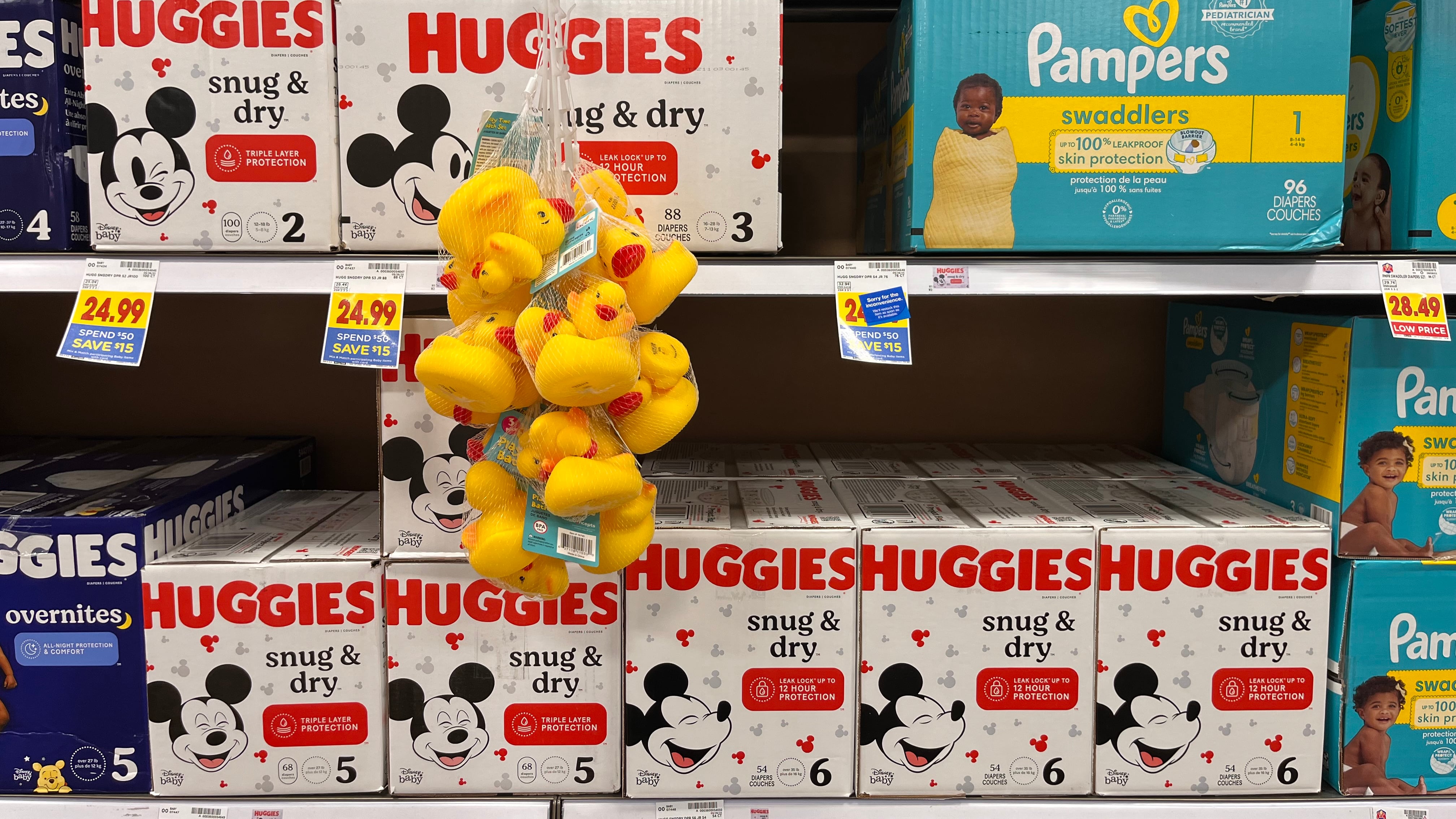There’s a diaper shortage in Portland, but not the kind clearing grocery store shelves. Rather, small nonprofit organizations that provide free diapers to Portland’s neediest families can’t keep enough in stock.
“I’ve never seen it like this,” says Maura White, executive director of Mother & Child Education Center on Northeast 41st Avenue. “We feel horrible we can’t provide enough diapers. It’s a really bad situation.”
THE PROBLEM
White, who has worked in nonprofits for 30 years, saw an uptick in demand starting in June. All summer long, Mother & Child ran out of diapers two weeks into each month’s supply (see chart). She has heard of clients having to create makeshift diapers out of T-shirts after being turned away.
Mother & Child and SnowCap Community Charities are among the only places caregivers can go for walk-in, emergency diaper needs.
SnowCap saw a 20% increase in diaper needs for its clients this August compared to August 2022. The growth, however, came with a similar rise in demand for food and clothing, according to the organization.
“We’ve broken every service record for the last 56 years already this year,” says Kirsten Wageman, executive director. “But it’s for all basic human needs.”
THE REASONS
The source of the increased diaper demand is tricky to pin down, but Rachel Alston, founder and executive director of PDX Diaper Bank, has some ideas. Two of the diaper bank’s partner agencies recently stopped accepting walk-in diaper requests, increasing the burden on the few left that do.
Fifty-five organizations are currently on the waiting list to partner with the PDX Diaper Bank, which provides both cloth and disposable diapers to clients in sizes ranging from newborn to adult. Alston has also noticed a surge in applications in the past six to 12 months from agencies that serve immigrant and refugee families.
“I’ve been tooting this horn since 2012, and it’s only in the past five years that people are really starting to pay attention to this locally,” Alston says.
Diapers are not covered by government food aid such as the Supplemental Nutrition Assistance Program, or SNAP. The average cost to diaper a child is $1,200 annually, which is a financial hardship for one-third of American families, Alston says.
Health consequences of infrequent diaper changes include urinary tract infections and rashes. In addition to the health factors, Alston worries about the ripple effects for families that don’t have enough essential resources like diapers. Because most day cares require that families drop off diapers with their child each day, she notices that parents will often call out of work or school when they run out.
Help is on the way for Mother & Child, at least to get it through October: Adidas heard about the nonprofit’s predicament and offered to host a diaper and wipe drive, and to send a crew of volunteers over next week. “It’s a huge win for us,” White says.
And PDX Diaper Bank learned last month it had secured a $1.2 million federal grant that will get an estimated 3 million diapers to Oregonians over the next two years.
“This is super exciting,” Alston says, “but ultimately it still just brushes the surface of local diaper need.”
Readers can donate to PDX Diaper Bank here.

